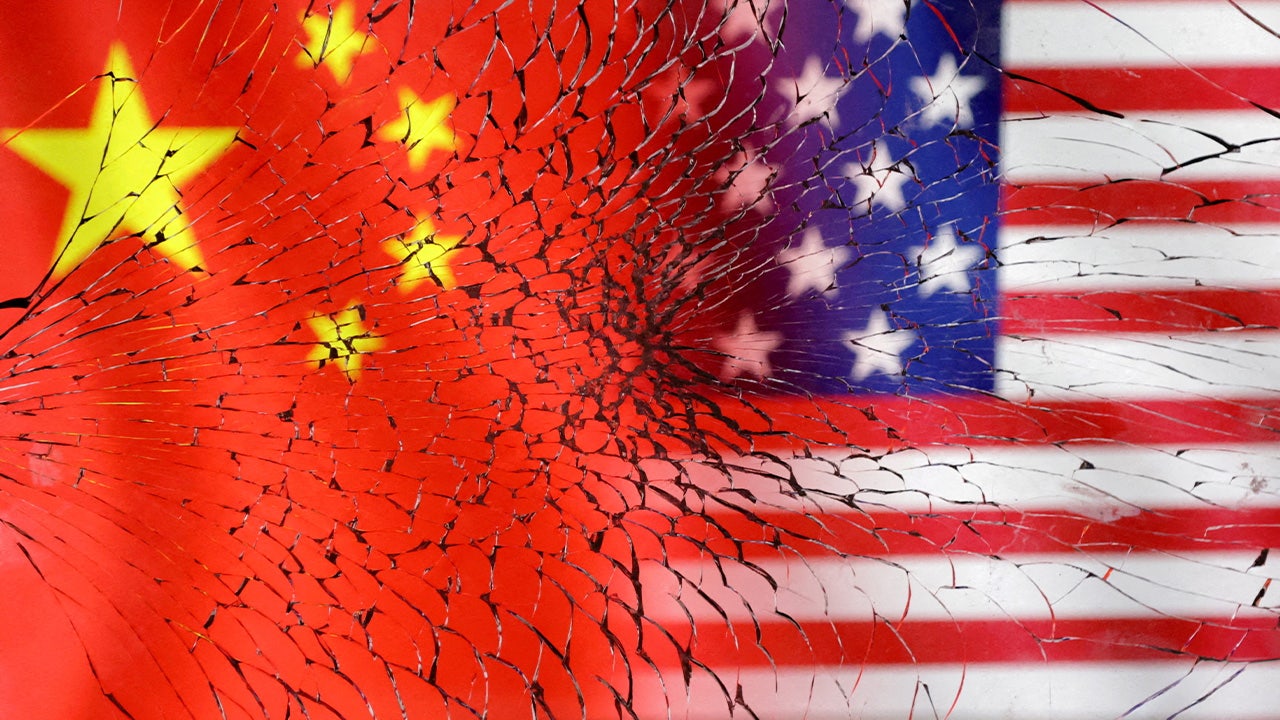Resistance forces seeking to oust Myanmar’s military regime captured a key trade town on the Thai border this week, one of their most significant gains since the junta seized power in a coup more than three years ago. But thousands of residents were fleeing on Friday as the regime’s troops prepared to mount a counteroffensive.
The town, Myawaddy, which is now held by rebels belonging to the Karen ethnic group, is a hub for imports and exports, with $1 billion in trade last year. Its fall comes as resistance forces have seized dozens of towns and military outposts in recent months in border regions near China and Bangladesh. Rebel groups have also launched drones that hit the capital, Naypyidaw, and military bases when top junta generals were visiting.
“A major border trade hub that serves as Myanmar’s gateway to mainland Southeast Asia has fallen to the resistance,” said Anthony Davis, a Bangkok-based security analyst with the Jane’s group of military publications. “This is huge.”
The regime’s spokesman, Gen. Zaw Min Tun, declined to take repeated calls from The New York Times. But he acknowledged to the BBC Burmese service on Thursday night that junta troops had evacuated their main base in Myawaddy and that soldiers from two resistance groups, the Karen National Liberation Army and the Karen National Army, “are present” in the town.
Residents stood in lines for hours at the southeastern border with Thailand on Friday as they sought safety in the Thai town of Mae Sot before the junta launches its expected counteroffensive. Thai officials have said that they will take as many as 100,000 refugees.
“I don’t believe the Myanmar military will easily give up on control of Myawaddy,” said Ma Khin Lay Nge, 33, as she waited in line at the bridge over the Moei River, which links the two border towns. “Even if they do, I fear they will destroy it without regard for civilian lives, as they see the people as their enemies.”
She noted that the military had bombed towns in Shan State in November and December after resistance forces captured them. On Thursday, regime aircraft dropped bombs near the army base that resistance forces had captured on Myawaddy’s outskirts.
“I’m afraid of being caught in the crossfire or bombing, and I decided to flee to Mae Sot,” Ms. Ma Khin Lay Nge said. “Survival is our priority now.”
Since the 2021 coup, armed ethnic groups and pro-democracy rebels have formed a broad alliance to fight the junta, with growing success on the battlefield. In a sign that the junta’s forces were becoming depleted, the regime announced in February that it would begin enforcing a decades-old conscription law.
U Kyaw Zaw, a spokesman for the National Unity Government, a shadow civilian government formed after the 2021 coup, said the junta’s loss of Myawaddy was a significant financial setback and exposed the army’s growing vulnerabilities, dealing “a psychological blow.”
Mr. Davis, the security analyst, said that after the junta’s recent string of losses, it had little choice but to try to recapture Myawaddy and was preparing to mount what could be its largest counteroffensive since the coup.
“The credibility of the regime is now firmly on the line,” he said.
The Tatmadaw, as the Myanmar military is known, is equipped with armored vehicles, aircraft and multiple-launch rocket systems with a range of 25 miles, he said. But it has little experience with the kind of combined arms operation that other countries would use in mounting such an attack.
The Karen National Liberation Army, which has been fighting the Tatmadaw for decades, knows the terrain and can be expected to mine roads and stage ambushes to slow its advance.
“They are not a typical guerrilla force,” Mr. Davis said of the Karen National Liberation Army. “They are well-armed but, more importantly, highly experienced and well-organized.”
“Whether it is a battle on the road to Myawaddy or a battle for Myawaddy, this is going to be very bloody,” he added.
The Karen National Liberation Army, which is the military arm of the Karen National Union, and allied forces routed regime troops from the town and the surrounding area during four days of fighting, said Padoh Saw Taw Nee, a Karen National Union spokesman.
Nearly 500 regime soldiers and officers surrendered during fighting outside the town, and about 200 more were trapped in Myawaddy near the river across from Mae Sot. Mr. Saw Taw Nee said the soldiers were hoping to find refuge in Thailand but had not received permission to enter.
The soldiers, who still have their weapons, could be seen lounging near a second bridge that crosses the river.
One resident, Ma Ei Thu Zar, 32, said she had heard loud explosions and the sound of heavy weapons fire through the night on Wednesday as the battle raged. Since Myawaddy’s capture early Thursday, the town has been calm and the streets quiet.
Ko Myo Khaing, 34, a restaurant owner in Myawaddy, said government offices, banks and many shops were closed. The junta’s soldiers and police officers have disappeared from the streets, he said, and soldiers from the Karen National Liberation Army and its allies have taken their place.
“It looks like there is no junta administration here,” he said. “As an ordinary citizen, I can say that Myawaddy has been taken over by the Karen National Union and its allies.”






